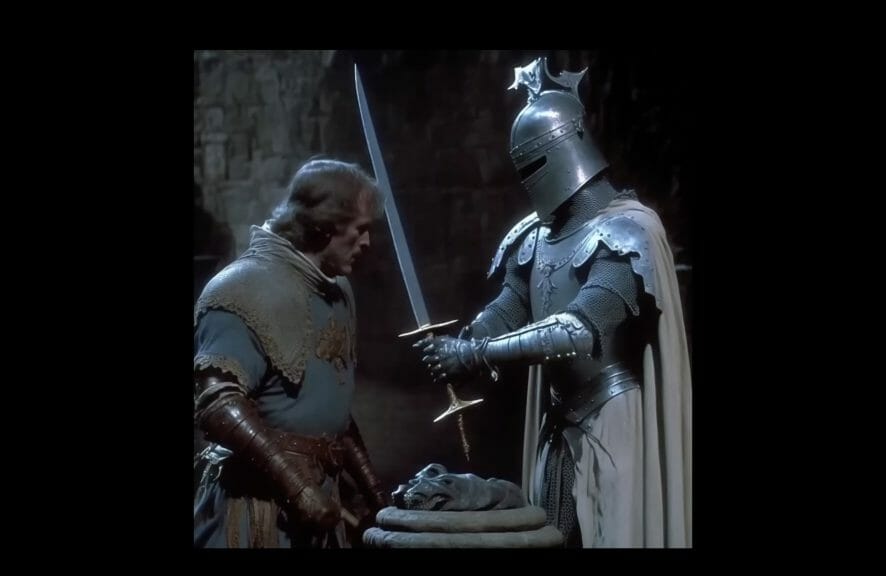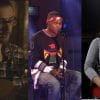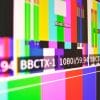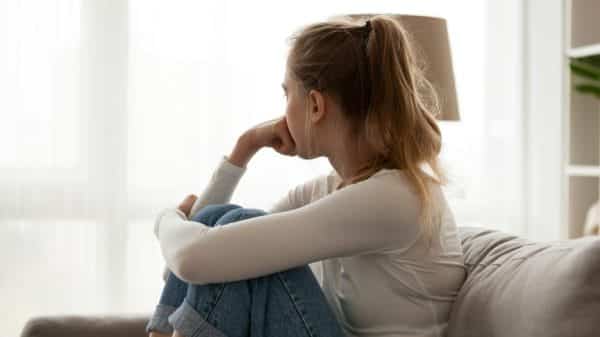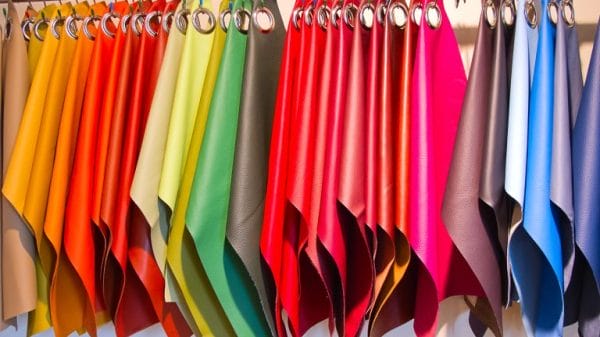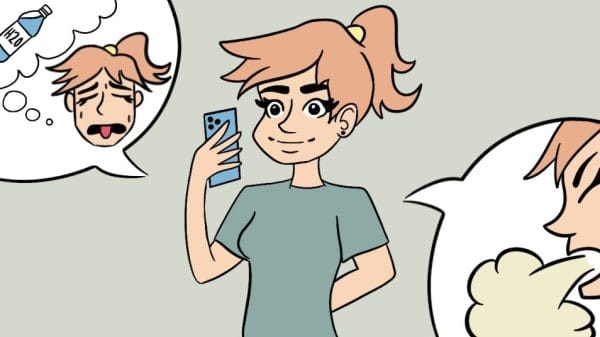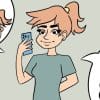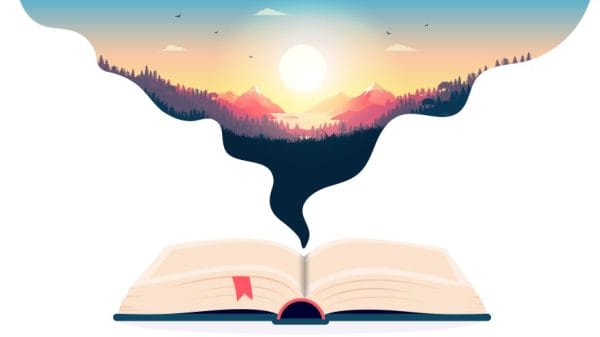Art has always been a reflection of human creativity, emotion, and expression. However, the rise of artificial intelligence (AI) has introduced a new dynamic to the artistic landscape, stirring both excitement and controversy. As AI technology continues to advance, it has found its way into various artistic domains, from generating images and animations to even replicating peoples’ voices.
Artificial intelligence is improving at an exponential rate, and it’s gotten to the point where it’s no longer limited to text. ChatGPT is arguably the most famous AI chatbot right now, compiling information from all corners of the net to be able to talk about various topics. However, it is possible for individuals to modify existing AI platforms or outright create their own based on open source code. People across the internet have slowly iterated software that generates AI images and voices, making them better with each subsequent version and releasing them out onto the net for others to use. T
The Stable Diffusion of AI-Generated Images
One of the most intriguing aspects of AI in art is the generation of images using machine learning algorithms. Artists and designers can now generate highly detailed and visually stunning images just by typing a few keywords. These images are becoming more difficult to separate from traditional artwork by the day. What’s even more interesting is the exponential rate at which this technology is improving. The initial instability of the voices, for example, has faded to the point where AI songs are almost indistinguishable from those created by a real artist.
Naturally, the rising potential of artificial art has also raised concerns regarding its originality and authenticity. AI-generated images have gained substantial attention on the Internet in recent years. Within the online art community, thousands of people regularly debate the morality and legitimacy of its use.
Lots of people say AI-generated art lacks a human touch or lacks intention, diminishing its artistic value. Supporters of AI believe that it can augment human creativity. Personally, I think it definitely involves intention and needs at least some level of creativity. You need to have an idea in mind, and know how to put it into words for the program to work properly. Artists that use AI hint at its possibilities and ability to push artistic boundaries.
Controversies and Challenges
Artificial intelligence newest tool used to generate internet memes and trends. For instance, the “Balenciaga edits” on YouTube are a series of animations taking movie characters and turning them into runway models. Balenciaga edits have been made for Harry Potter, Star Wars, and even Breaking Bad. They use the voices of the actual actors and actresses to say original lines. The AI modifies everything about them (including their facial structures) to really make the characters fit in with the desired aesthetic.
AI-Generated Characters and Voices
The emergence of AI-generated characters and voices has given rise to exciting, but terrifying, trends and possibilities. Deepfake videos were one of the first examples of AI edits – they superimpose one person’s face onto another’s body. Deepfakes sparked discussions on the ethics of AI use since their inception. They aren’t just limited to the internet, though.
A lot of recent movies have been using different forms of video editing to de-age characters. Sometimes it looks uncanny, because the technology hasn’t advanced enough, but it’s getting closer every time it’s used. One of my personal favorite examples was Luke Skywalker’s return in The Mandalorian. Mark Hamill voiced Luke, but his voice was changed to match his Return of the Jedi-era Luke. He also coached his body double on how to act like Luke.
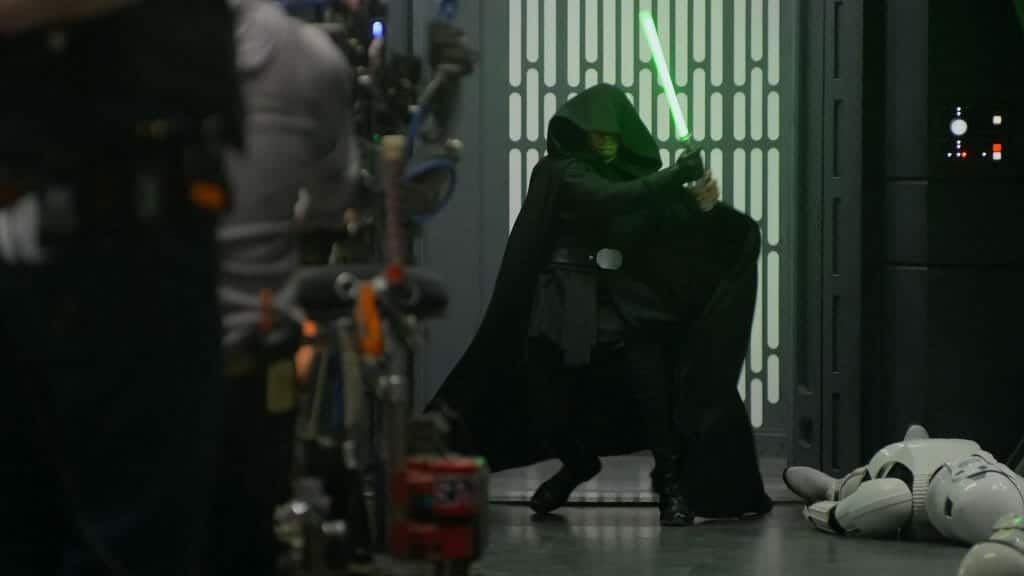
Controversy Leads to Creativity
While controversies persist, AI has also sparked newfound creativity and collaboration within the artistic community. Artists and technologists are exploring the potential of AI as a tool for enhancing their creative process, generating novel ideas, and pushing artistic boundaries. Collaborations between artists and AI algorithms have resulted in captivating artworks that blend the human touch with the capabilities of machine learning.
This new form of art has also given artists opportunities to experiment with previously impossible techniques. Artists can use these tools to create works that captivate audiences with their (literally) inhuman art styles.
Technology’s impact on art is undeniable. It provokes controversies, but it also opens up new conversations. AI-generated art challenges conventional notions of authorship and authenticity. At the same time, it’s a peak into the future of storytelling and expression.


